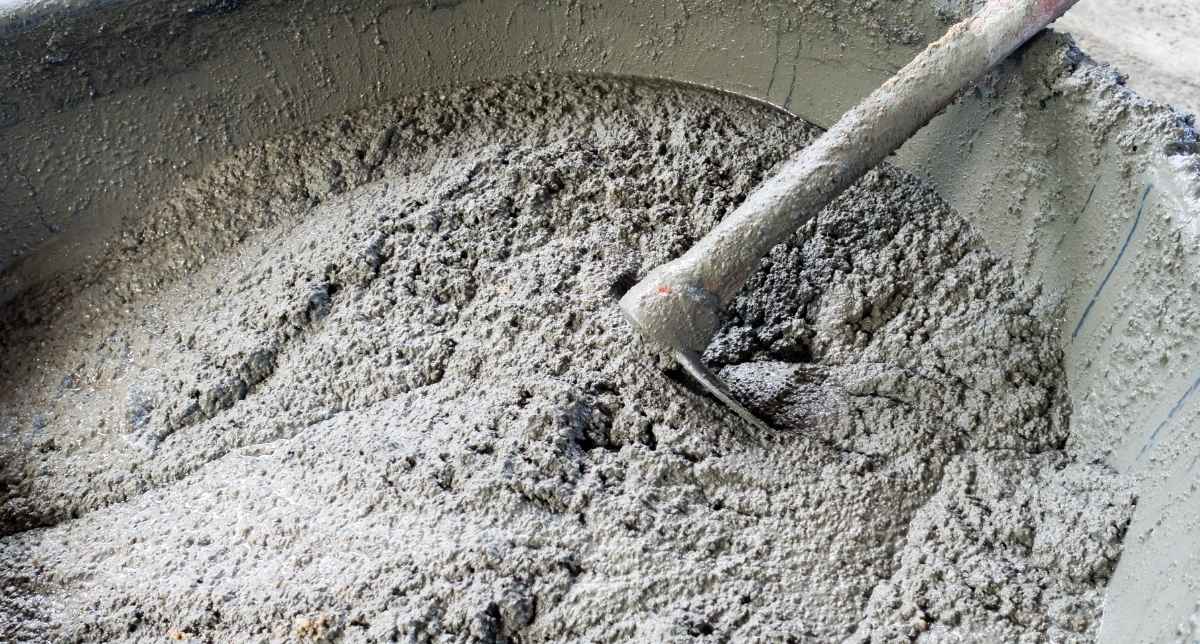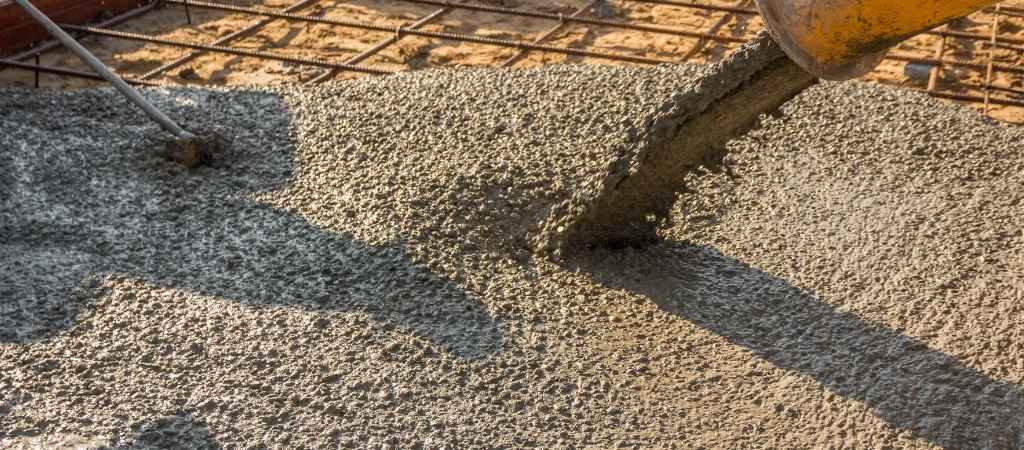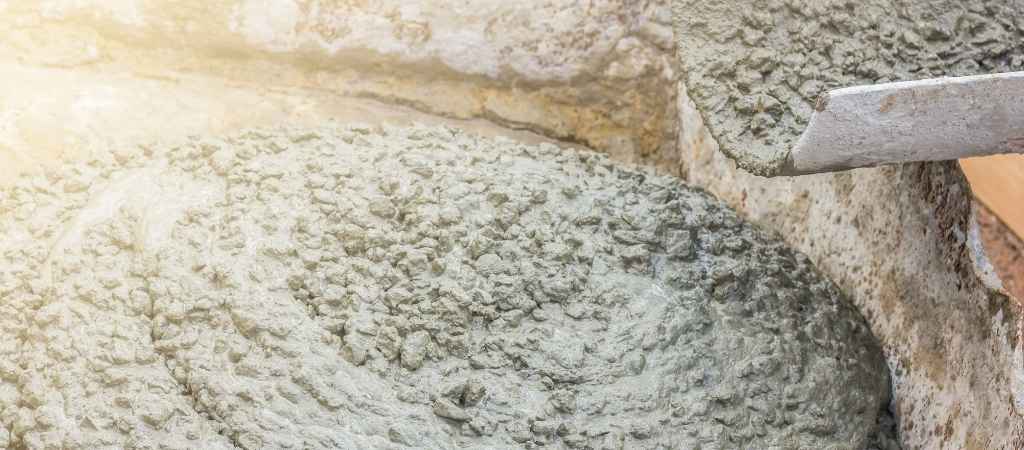
- Wed, 29 Sep 2021
- Maya Construction 1 Inc.
The Difference Between Mortar and Concrete You Should Take into Consideration
They tend to be the most used products in the construction industry, but there are significant differences between mortar and concrete. These two vital materials are needed for any construction: constructing a wall or putting down a road or a runway at an airport.
Keep reading this blog to identify how they differ and how theory can help build a house or remodel a space in your home.
Fundamental Differences Between Mortar and Concrete

To learn the primary differences between mortar and concrete, we must know what each of them is. Below, you will find the concepts and contrasts of both.
What Is Mortar?
Mortar is a binding material made of water, cement, and sand. It is not wrong to say that mortar is one of the most valued items in the construction industry. Mortar mix binds the bricks together to allow the construction of the walls.
A construction company cannot imagine standing on large walls and structures without using mortar. The binding material can be seen between bricks of a newly constructed wall that has not been plastered and painted.
Mortar is a mixture used to bind the bricks of a wall or structure and used in floors to help attach the tiles. A bed of mortar is made before putting tiles upon it. In almost fifteen to twenty minutes, mortar sets in and becomes rigid.
What Is Concrete?
Concrete is one of the more robust and durable materials on earth. Also, it serves in the building’s foundation. Because of its structural integrity, concrete slabs are used in the bridges, runways at airports, dams, roads, etc.
The concrete mix has cement and sand in water. But, it also contains coarse aggregates, including chippings of rocks. The rocks stick together as the paste sets and have much greater strength, and the unique gravel (fragmented landscape rock) used in the mix helps with the construction foundations.
Additionally, the natural cement derived from limestone is mixed with other materials to get the concrete and make it more durable.
Differences Between Mortar and Concrete

Both mortar and concrete materials are composed of cement. Experts agree that although these both are widely used products, they are different in many ways.
The main difference between mortar and concrete is the strength and durability. On the one hand, concrete is stronger and reliable, making the material vital for structural applications in buildings, roads, etc. In contrast, mortar functions as a bonding material to fill the gaps between bricks and blocks.
Here are other differences between concrete and mortar:
- Mortar and concrete are mixtures of cement and sand in water, but the concrete mix also has rock chippings and fine sands, which are not present in mortar mix.
- The concrete slabs are compulsory for making tall buildings, roads, runways, bridges, foundation stones, roads, etc. the concrete slabs are known as the best bonding elements because of their exceptional strength and durability.
- The mortar mix can bind together bricks or stones and is usually used to construct walls and floors.
- Mortar is not as strong as concrete slabs but serves the sole purpose of binding bricks or stones together. It means concrete is stronger and more durable.
Can Mortar Be Used in Place of Concrete?
No, you can’t replace concrete with mortar because it would be a risk for the construction. You can’t do this because mortar does not have the same resistance as concrete. For example, concrete has excellent high-temperature resistance characteristics, and it helps to reinforce the building.
It does not mean that mortar is not good. It has the advantage of repairing concrete blocks, pillars, walls, materials like brick, and other construction repairs. Also, mortar has elasticity characteristics thanks to the water and other minerals that help the product with the bonding part.
Different Types of Mortar and Concrete
There exist various types of concrete and mortar designs for different kinds of reparations and structures. Here are some examples:
Concrete
In the case of concrete, the type depends on the classification. There exist four categories of concrete consistency: solid, low-plastic, plastic, and liquid.
Here are common types of concrete:
- Normal Concrete
- Lightweight Concrete
- Reinforced Concrete
- Air Entrained Concrete
- Asphalt Concrete
- Vacuum concrete
- Stamped Concrete
- Among Others
Mortar
In the case of mortar, there exist four main categories that include various types of mortar. The categories are N. S, O, and M, and they vary according to the mixture ratio that tends to be lime, sand, or Portland cement. Every letter determines what the function of the mortar is.
In this way, you could find:
- Cement Mortar
- Mud Mortar
- Lime Mortar
- Gauged Mortar
Do You Need Assistance?
There are many similarities between mortar and concrete, but they serve two very different purposes. If you plan to construct your home or a garden road and require professional services, give us a call and set an appointment.
We will be pleased to answer any questions you might have!
